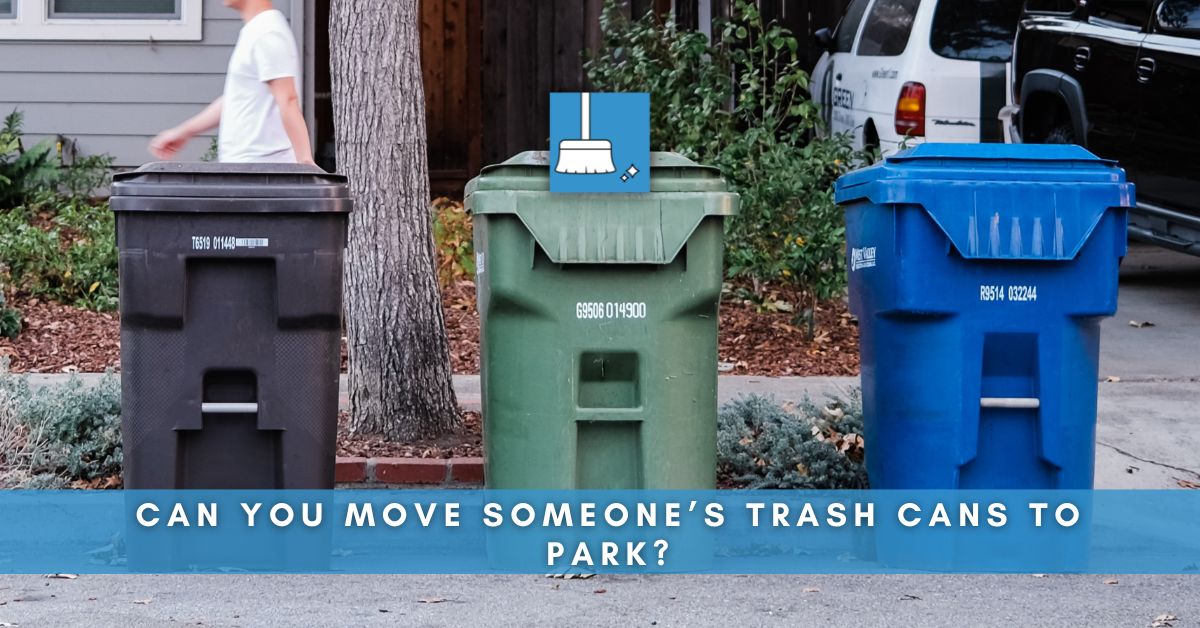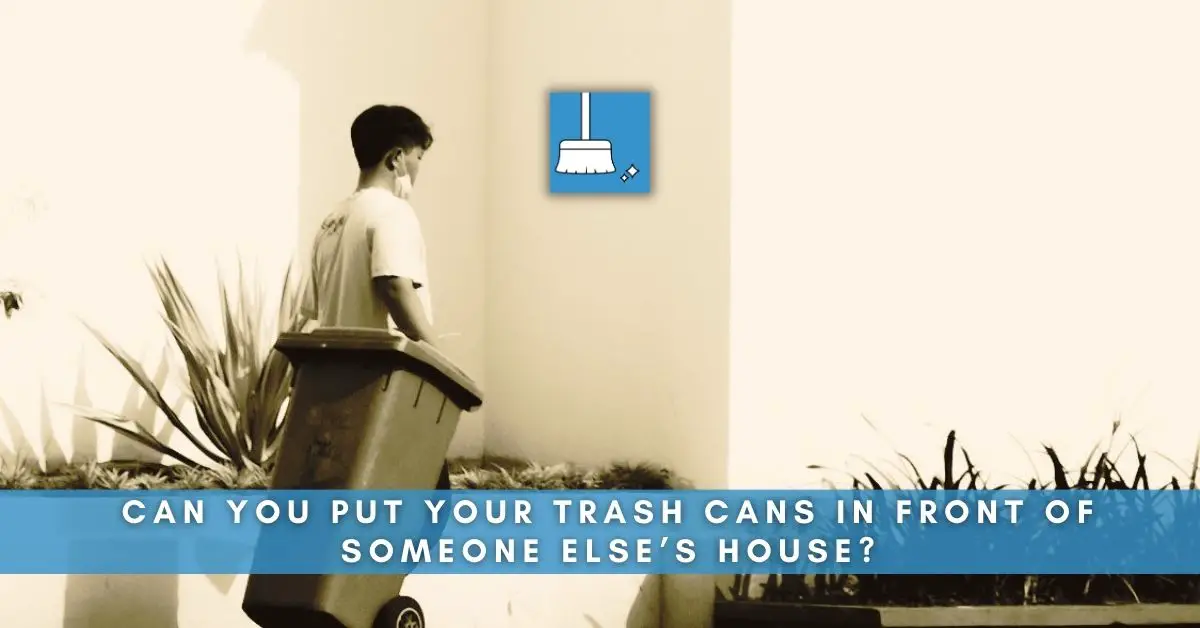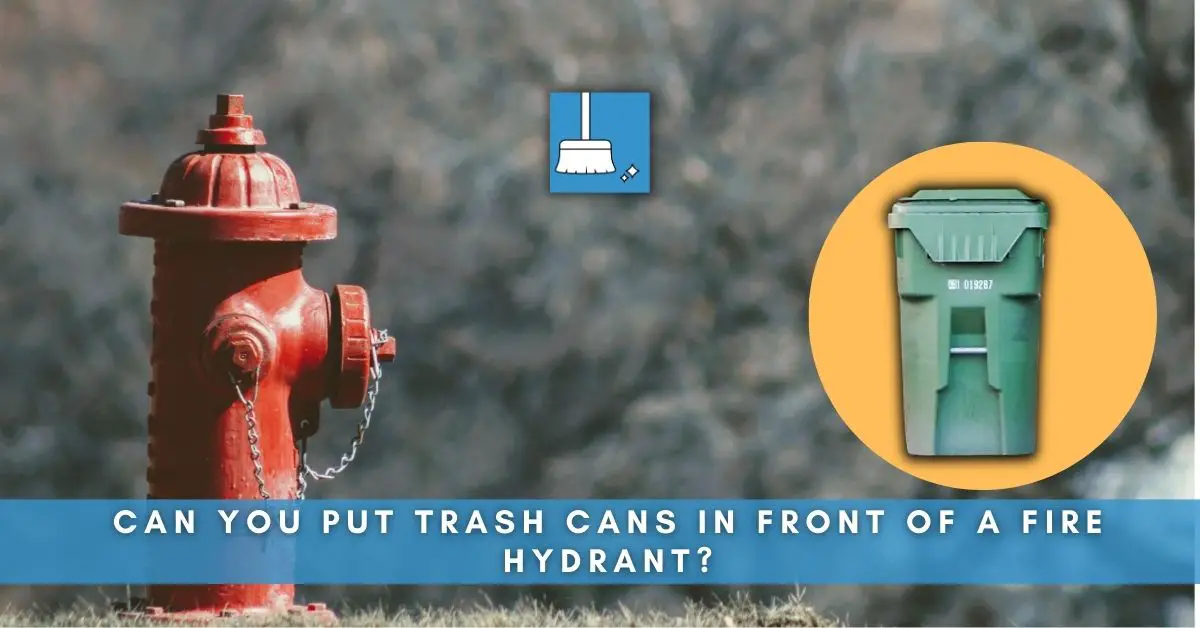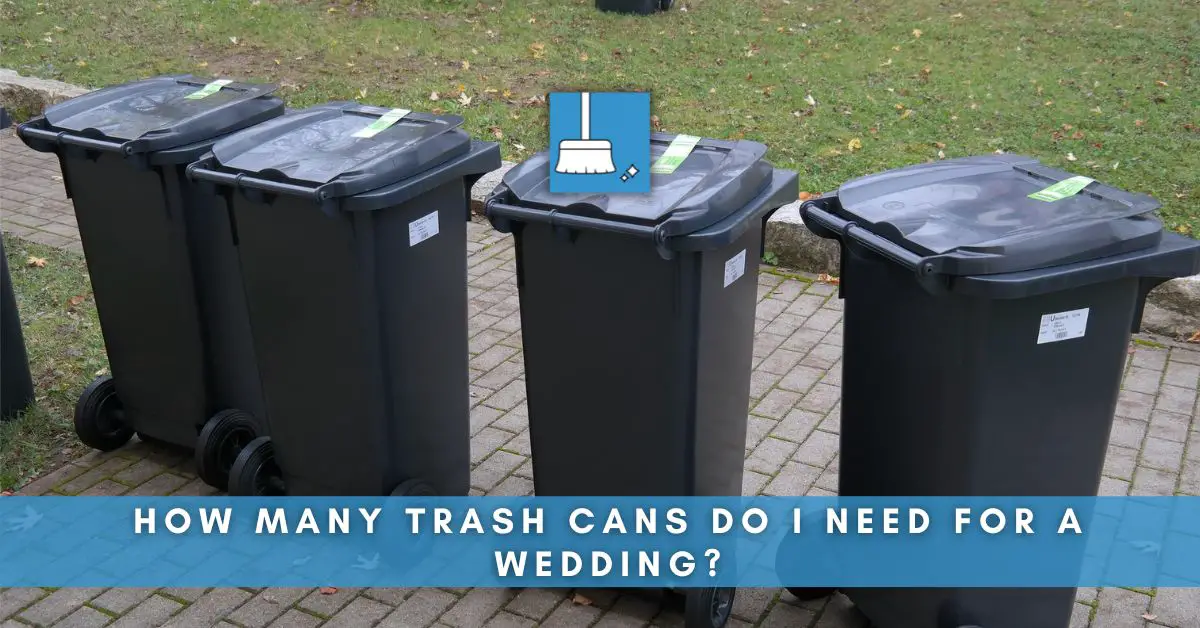It’s late at night, and you’re walking down the street when you see a large, perfectly intact pizza box sitting atop a pile of trash bags. Your stomach growls in anticipation, yet your mind hesitates – can you eat food that’s been inside a trash can? It’s a question that divides friends, family, and even lovers. Some may look at you with shock and disdain, while others applaud your bravery and commitment to reducing food waste.
Food safety rules for eating food out of the trash can
Eating food out of a trash can may seem tempting, especially when trying to avoid waste, but it is essential to be cautious to ensure food safety.
Food in a trash can has likely been exposed to various bacteria and germs, posing a potential health risk.
There are some simple rules to follow when considering eating discarded food.
Personal opinions on eating food out of the trash can
Though the idea of eating junk out of garbage cans might seem repulsive at first, one cannot ignore the number of people who have successfully survived on discarded food.
A story by NyPost reported a couple, that managed to feed themselves for six months using only food rescued from supermarket dumpsters, proving that it is possible to find untouched and perfectly good food in the trash.They tell that it is NOT difficult to find food in the trash.
However, it is essential to consider the risks associated with dumpster diving for food, such as potential exposure to harmful bacteria. You’re more likely to gain weight as you eat more junk.
and gaining weight. Therefore, it is recommended to exercise caution when retrieving food from the trash. The practice could also urge some to rethink and reduce their food wastage in order to minimize food landing in the trash can in the first place. [1]
Risks of eating food out of the trash can
Eating food out of a trash can poses several health risks.
One of the main concerns is exposure to harmful bacteria, such as Salmonella, which can grow on leftover food within hours. Consuming such contaminated food can lead to food poisoning or other illnesses.
Additionally, trash cans can harbor various germs and pathogens that can contaminate the food, increasing the chances of getting sick.
Food thrown in the trash can often comes into contact with inedible or toxic materials, like chemicals or plastics, and these contaminants can also pose a threat to health if ingested. [2]
Legal considerations of eating food out of the trash can
Although some people may enjoy the thrill of eating discarded food from a trash can, there are legal considerations to keep in mind.
First, dumpster diving can be considered as theft or trespassing, depending on the circumstances and local laws. For instance, if a trash can is on private property or inside a building, it could be a trespassing violation to retrieve food from it.
There may be health code regulations addressing the handling of discarded food, which could subject the individual to potential fines or penalties. [3]
Environmental impact of food waste and dumpster diving
When food is discarded, it often ends up in landfills where it decomposes and releases methane, a potent greenhouse gas.
As a result, reducing food waste is of crucial importance in the fight against global warming.
One way to help address this issue is through dumpster diving, which involves salvaging and consuming food discarded by supermarkets or other sources.
Not only does this help raise awareness about the problem of food waste, but it also reduces the amount of food that ends up in landfills.
Moreover, by using apps like Too Good To Go, people can purchase excess food from businesses, consequently preventing it from becoming waste. [4]
How to minimize the risks of eating food out of the trash can
If you find yourself considering eating food out of a trash can due to circumstances or curiosity, there are a few steps you can take to minimize the risks associated with this seemingly unconventional practice.
1- Be sure to choose food that has been discarded in a sealed container or wrapped in packaging to minimize exposure to contaminants.
2- Inspect the food thoroughly for signs of spoilage or contamination before consuming it. If possible, wash or cook the food to further reduce the risk of illness.
Always avoid food that is visibly spoiled, moldy, or has a bad smell, as this indicates that it is not safe for consumption.
3- If food has been in contact with raw meat, poultry, or seafood, discard it since this increases the risk of contamination.
4- Assess the cleanliness of the trash can; if it is damp or dirty, avoid consuming the food as the chances of harmful bacteria are higher. [5]
Alternatives to eating food out of the trash can
There are better and safer alternatives than eating food out of the trash can:
One option is to visit local food banks and pantries, which often offer free or low-cost groceries and meals to those in need. These organizations can provide nutritious options without the risks associated with consuming spoiled or contaminated food.
Another alternative is dumpster diving, a practice where people salvage discarded food from dumpsters behind supermarkets and restaurants.
While this might still involve taking food from the trash, it is generally considered safer than eating out of a random public trash can.
Lastly, meal planning and budgeting can help ensure that individuals have enough food to last them through the week, ultimately eliminating the need to rely on trash can meals.
By creating a list of affordable, nutritious meals, and shopping for ingredients when they are on sale, people can avoid resorting to such drastic measures. [6]





